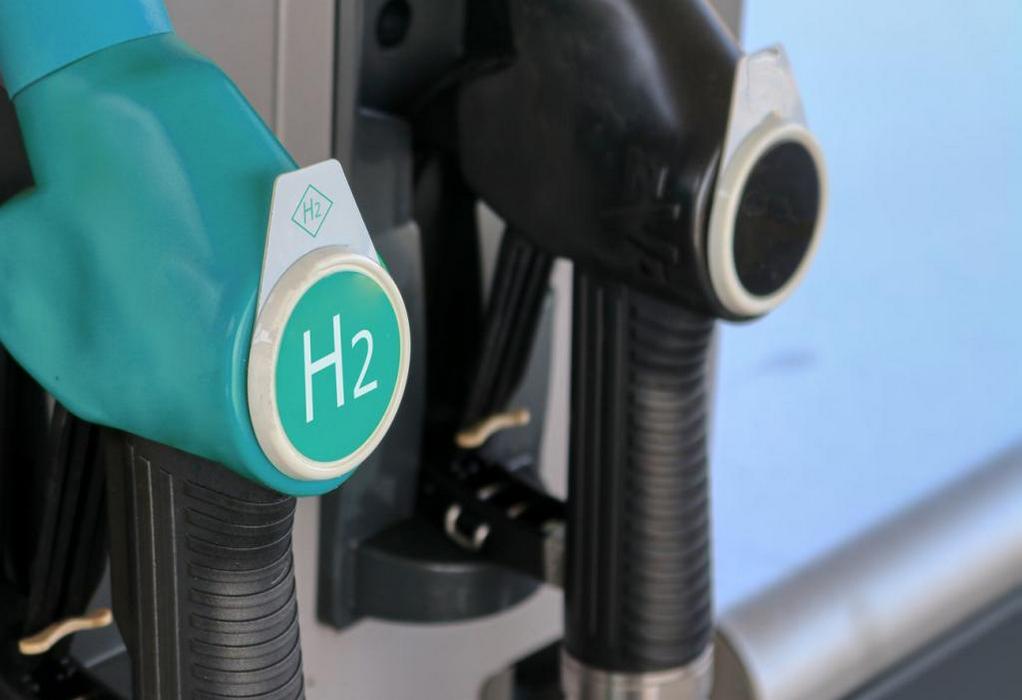It is often found that electrocatalyst platinum, a metal so rare that it’s typically more expensive than gold, and using it for hydrogen production makes production process more costly than traditional sources of renewable energy and fossil fuels.
Recently, scientists have been studying a lower cost alternative called molybdenum disulfide, which is a two-dimensional compound used in motorcycle engine lubricants and other products. While promising, it’s not nearly as efficient as platinum.
A University at Buffalo-led study published in April in npj 2D Materials and Applications could change that.
Its findings suggest that molybdenum disulfide, when enriched with two additional materials, has the potential to supplant platinum as an electrocatalyst, allowing for the more widespread adoption of hydrogen in fuel cell electric vehicles, electricity production and other applications.
In the study, researchers describe a one-step chemical reaction, known as solvothermal synthesis, that they employed to add both titanium carbide and carbon nanotubes to molybdenum disulfide.
The resulting ternary structure showed, according to the study, synergistic effects for active site exposure, surface area enlargement and electrical conductivity – all key factors that improve the performance of a catalyst.
Tags: Fossil Fuels, Fuel, Hydrogen, molybdenum disulfide, Renewables, University at Buffalo



Recent Posts
Chartered Speed expands its electric mobility footprint in Arunachal Pradesh
PSA International joins Global Centre For Maritime Decarbonisation as a strategic partner
MPA and NYK Group Advance Collaborative Efforts on Maritime Autonomous Surface Ship Trials
BIMCO drafts new clause to support biofuel use in time charters
Global Maritime experts attended India@Nor-Shipping – Maritime Partnership for a shared & sustainable future
India-Norway Dialogue Anchors on Sustainable Maritime Development
Sea cruise ships can now connect to shore power in Amsterdam
Corvus Energy partners with HD Hyundai Mipo for AiP on new green product tanker design.